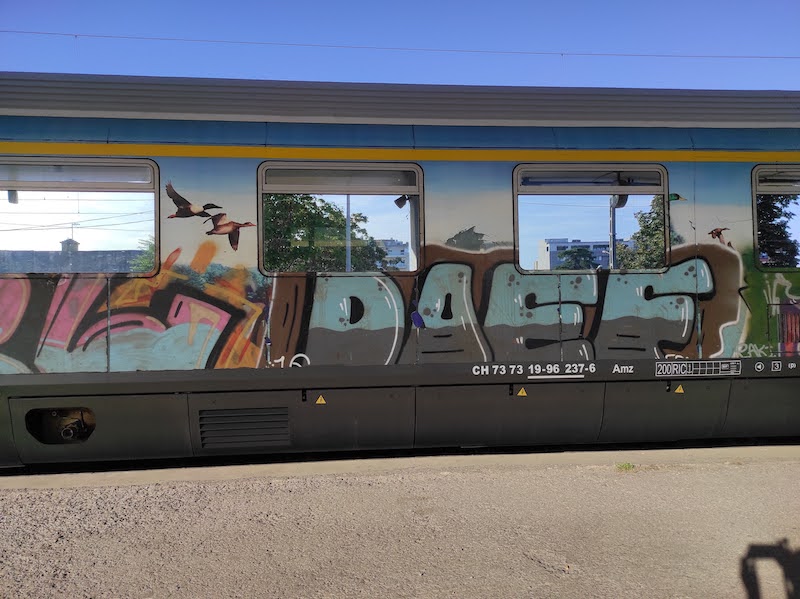Jon Worth has probably travelled every train route in Europe. Founder of the ‘Trains for Europe’ platform and a regular commentator on the subject, he has a broad perspective on the opportunities and problems of European rail connectivity.
Europe has, in general, fairly well-developed rail networks. Is this a good starting point for a truly connected continent?
We don’t really have a European rail network. We have 27 national railway networks with some international connections between them. There are lines that cross borders, all of them of lesser quality, and less used. And this happens more or less at every single border crossing between European countries. There are even cases where one train stops before the border, and the other train starts after the border, but a few kilometres away, with nothing in between. That’s the key problem: to have a European mindset to think about trains.
But there are technical problems: track gauges are not always the same in bordering countries, there are different electrical systems, and national railways are centred on capital cities.
Partly. But the technical problems are less important than the mentality and coordination problems. For example, in Spain, which has a different gauge from France, you have to make sure that the timetables are coordinated so that passengers can get to the station and take the next French train. There are simple solutions for these technical problems if the companies are willing.
With all the talk of going green, and the backlash against short-haul flights, is there a window of opportunity to revitalise rail transport?
There is a great opportunity. Especially for leisure travel or weekend excursions. Hungary is a very good example, there has been a massive increase in trains going from Budapest to the countryside, instead of people taking cars. 2020 was a record year for rail ticket sales, I think 2023 will be an even bigger record year.
The problem is that the demand is there, but the question is whether the railway companies will be able to meet this demand. I am not entirely sure. In France, for example, their high-speed trains have fewer seats than a decade ago.






